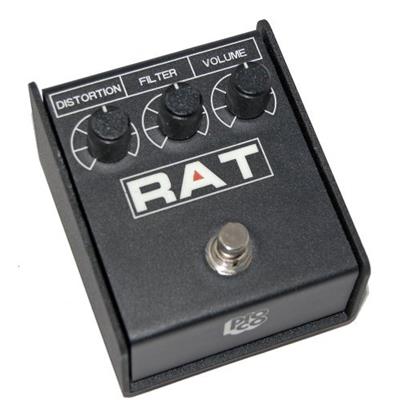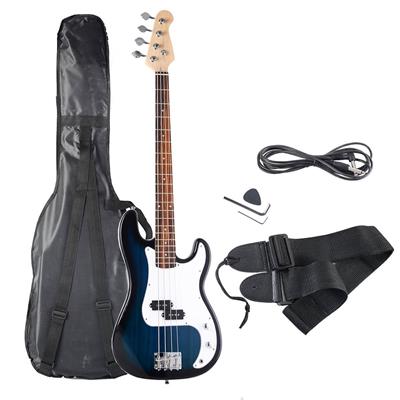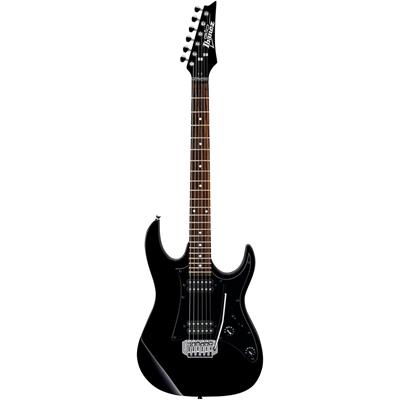| Build Quality: |  |
| Hardware: |  |
| Electronics: |  |
| Sound: |  |
| Value: |  |
| Average: |  |

Pros:
- Affordable
- Versatile features
- MIDI functionality
- USB interface
Cons:
- The build quality isn’t the best
- Doesn’t have a looper
Vocal processors are becoming more and more professional day by day. As musicians start altering their voice more substantially, the market starts to satisfy their requirements. As a result, brands come up with innovative gear or simply update the existing decent units. Either way, the new product is usually steeped with the features that will help you create a perfect, harmonic performance. AIRA VT-3 from Roland was a great processor on its own. Yet it definitely lacked some properties that would make it suitable for modern times. The brand listened to their customers and decided to let go off the older one. They manufactured something newer – something with even more possibilities and endless potential. AIRA VT-4 has everything you’d miss in its predecessor, which is why it’s an ultimate tool for any vocalist. Even with abundant features, it still manages to be user-friendly: you won’t need to scroll through overcomplicated menus to tweak your tone perfectly. You know what the best part is? Though it’s not the cheapest vocal processor out there, it’s still affordable compared to similar products from other brands. If you’re willing to invest in something that will accompany your voice better than anything else, then get comfortable and prepare to read this article carefully. After all, it’s the details that make a lot of difference here. Let’s begin!
Features
Would it be an improvement worth purchasing if Roland AIRA VT-4 didn’t offer more effects than VT-3? I don’t think so. That’s why the brand did everything in their power to put together a unit that would be tailored to modern requirements and satisfy the needs of demanding artists. Of course, it does come with certain properties that we encountered in VT-3, yet its newer features make all the difference. The main virtue of VT-4 in comparison to its contenders is the lack of an LCD display. Everything you’ll need is laid out on the surface here, which means you won’t have to dive into confusing menus to access desired properties. Though internal menus provide you with countless possibilities, sometimes it’s better to cut down on the quantity and make everything more accessible to the artist. After all, no singer has time to lean down and search the menu in order to make necessary adjustments.
You might get the idea that VT-4 lacks versatility since it has a different configuration, but you’d be wrong. It is still saturated with diverse features. First and foremost, it gives you the possibility to use multiple effects at once and access most of them directly with onboard controls. You get way more effects (compared to its predecessor), as well, including vocoder, harmonizer, chorus, megaphone, reverb and etc. You can also save your own presets (scenes) – this way you’ll be able to recall desired settings whenever needed. Additionally, VT-4 has a MIDI input, which lets you plug in MIDI devices and diversify your performance even more. It can also be utilized for crafting your voice for recording in case you have podcasts or any sort of online channel. This bad boy has USB audio interface, XLR mic input with phantom power, as well as Auto Pitch functionality. There are two main downsides with this processor: the build quality isn’t the best, and it does drain your batteries pretty quickly. Regardless, VT-4 is still a wonderful device – after all, nobody (and nothing) is faultless and perfect.
Controls
As I have mentioned above, AIRA VT-4 has on-board controls that give you direct access to all the features. There are quite a few of those, which won’t take much time to get the hang of. To make sure you understand what we’re dealing with here, I’ll explain the capabilities of each knob briefly.
- Volume – modifies the level of Line Out and Phones input;
- Mic Sens – alters the input sensitivity of your microphone;
- Robot and Megaphone – trigger robot and megaphone effects (or their variations);
- Key – lets you set the key with Robot effect and Auto Pitch.
- Bypass – turns off the effects;
- Manual – adds current settings of the sliders and Auto Pitch to your sound;
- Formant – transforms your sound from male to female and vice versa;
- Pitch – determines the pitch of your voice;
- Vocoder and Reverb – trigger vocoder and reverb effects (or their variations);
- Auto Pitch – tailors your pitch to the selected key;
- Scene Memory buttons – recall effect settings;
- Balance – mixes together wet and dry signals;
- Harmony – adds harmony effect (or its variations);
- Phantom – supplies phantom power to your mic when switched on;
- Line Out – lets you choose between mono and stereo outputs;
Roland VT-4 Sound
Roland AIRA VT-4 is definitely a beast in terms of sound. It packs so many options that it will keep you busy for a while. The effects options offer some really usable sounds – the ones that define the value of this product. Reverb, for instance, has beautiful variations that can be utilized with your voice interminably. They will add spatial feel to your vocals and set your performance apart. Some effects won’t be as usable as the others (depending on your taste and playing preferences), but they are still quite nice to play around with. Sometimes you need to try out many different things in order to figure out your style and musical desire. When it comes to tonal controls, Pitch is the only one you get, but it’s a great one for keeping yourself perfect at all times. This puppy doesn’t have a looper – keep that in mind in case that’s what you’re looking for in a vocal processor. On the whole, VT-4 is a wonderful pedal for those who don’t require anything sophisticated.
Conclusion
All in all, Roland AIRA VT-4 is definitely a pleasing update to the previous VT-3. It offers even more features than its predecessor and it does so with onboard controls. With this bad boy, you can access all the parameters with the knobs and even make adjustments on the fly. It’s a perfect tool for live performance and recording, as well. It can also be an amazing unit for practice, just in case you’re just starting out. Either way, VT-4 will do an amazing job!
Click here to view more from 5 Best Vocal Processor.






